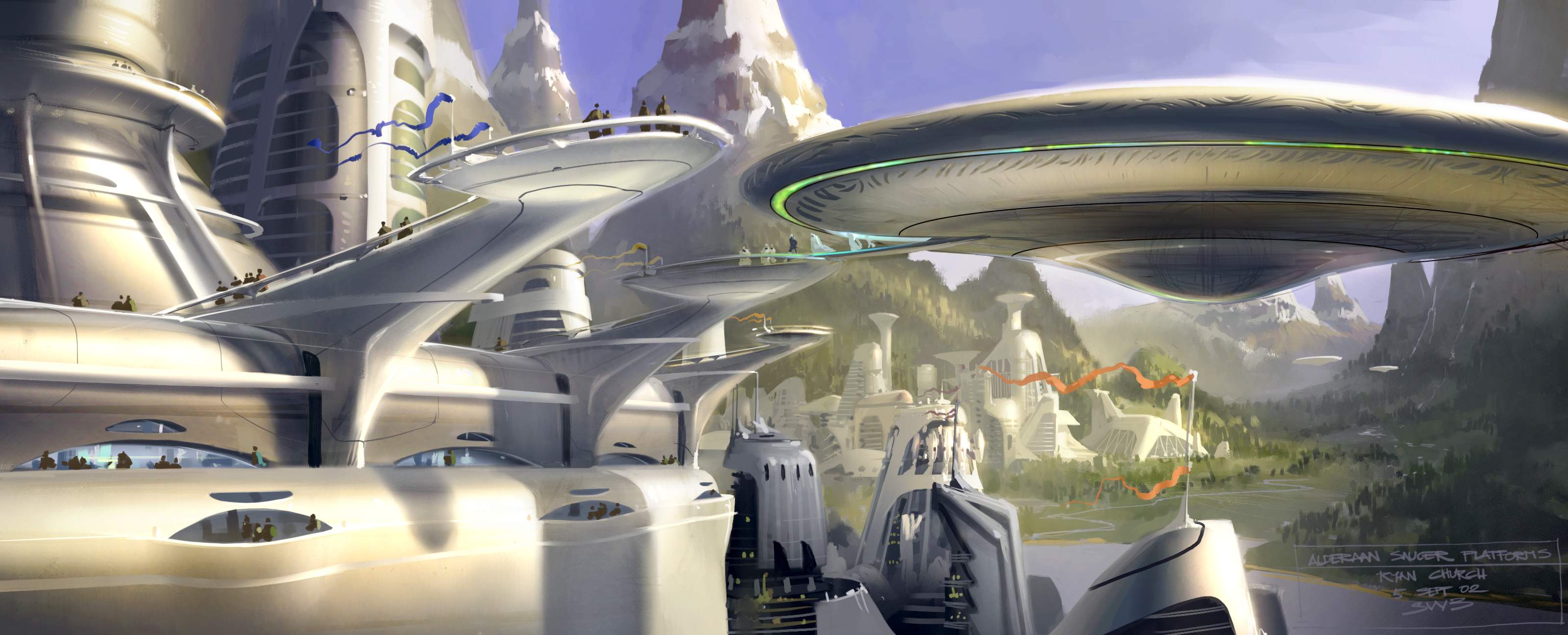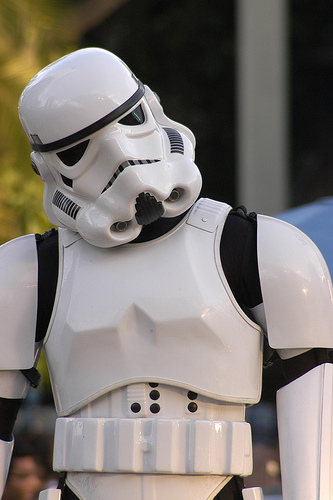
Shortly before continuity exploded, the staff of Eleven-ThirtyEight gathered to ponder some of our own “what if” ideas for the Original Trilogy, in honor of the classic Star Wars Infinities comics of the early aughts. I’m now proud to present round two, in which we push further than Infinities ever did, by which of course I mean go backwards, into the great goldmine of ill-considered decisions that is the Prequel Trilogy.
You may notice a new name below, so let me also take this moment to welcome Rocky Blonshine, she of our recent feature article on the Rule of Two, and now our newest full staff member here at ETE! Welcome aboard, Rocky—you break it, you bought it.
Jay: After watching Revenge of the Sith, we’d all wondered how it was possible that Obi-Wan could jump over Maul without injury while the same maneuver pretty much destroyed Anakin. As everyone knows, possessing the high ground gives you a +5 attack bonus. Suppose, then, that Kenobi was the one diced in half at the end of The Phantom Menace instead of Darth Maul — what changes? Read More

 Over the course of this series, we’ve examined many aspects of the Expanded Universe and how they might be improved by a potential (hard or soft) reset of the franchise’s accumulated continuity: the rebellion’s struggles to establish its legitimacy in the aftermath of Return of the Jedi, the long-term prospects of the New Republic and the Imperial Remnant, the recent dysfunctional nature of the New Jedi Order and its failure to reach the (rather low) bar set by its predecessor, and the universe’s persistent inability to let go of the torch and let it conclusively pass to a new generation of heroes.
Over the course of this series, we’ve examined many aspects of the Expanded Universe and how they might be improved by a potential (hard or soft) reset of the franchise’s accumulated continuity: the rebellion’s struggles to establish its legitimacy in the aftermath of Return of the Jedi, the long-term prospects of the New Republic and the Imperial Remnant, the recent dysfunctional nature of the New Jedi Order and its failure to reach the (rather low) bar set by its predecessor, and the universe’s persistent inability to let go of the torch and let it conclusively pass to a new generation of heroes. So that happened.
So that happened.
